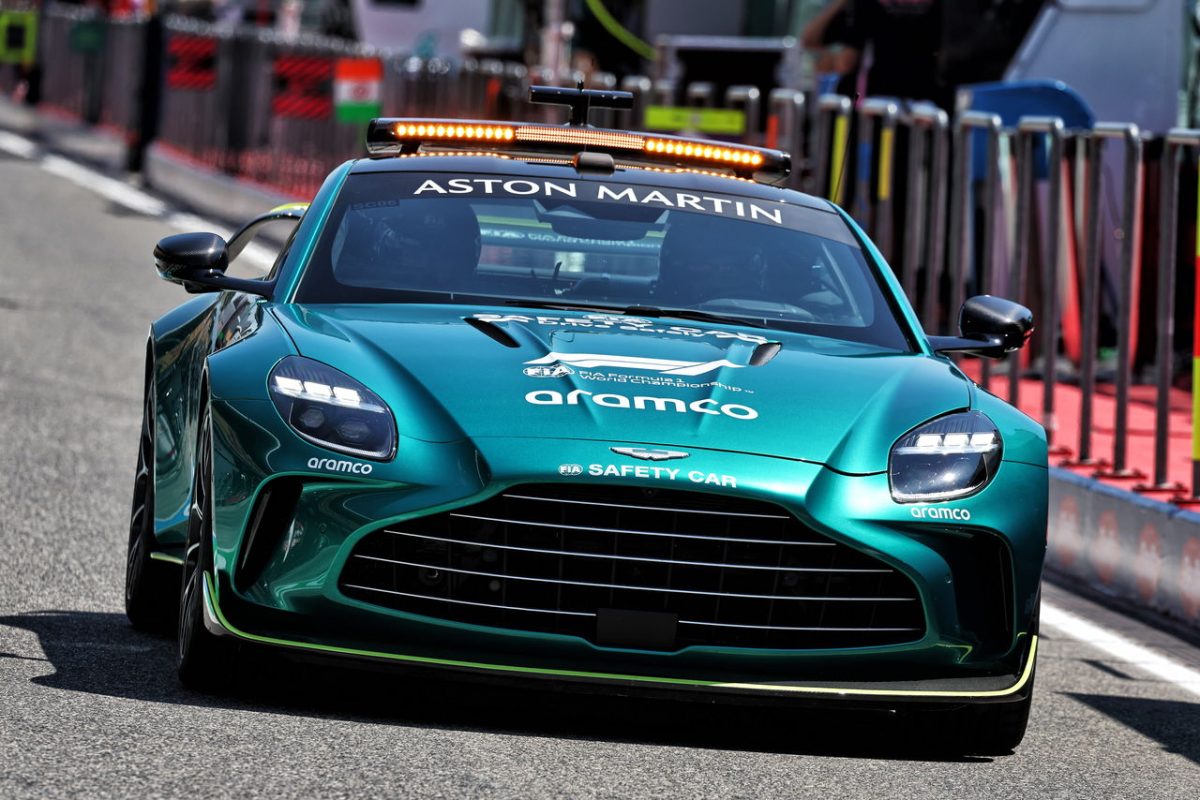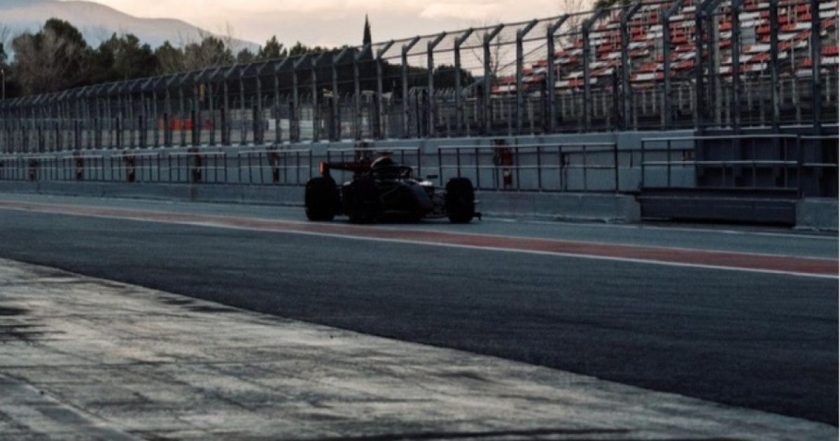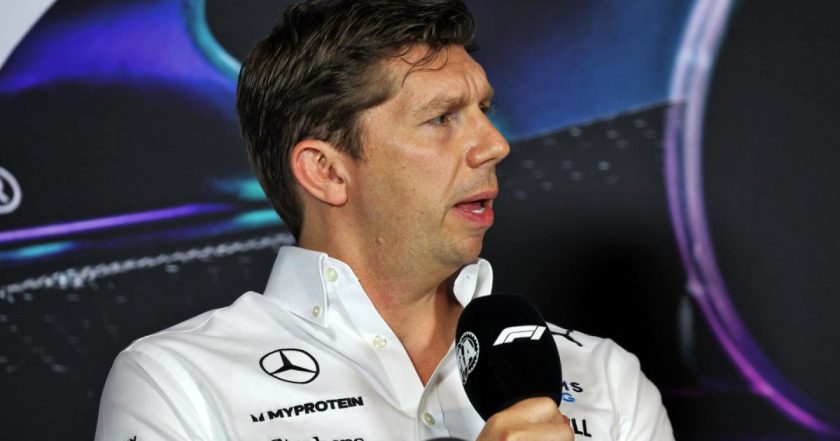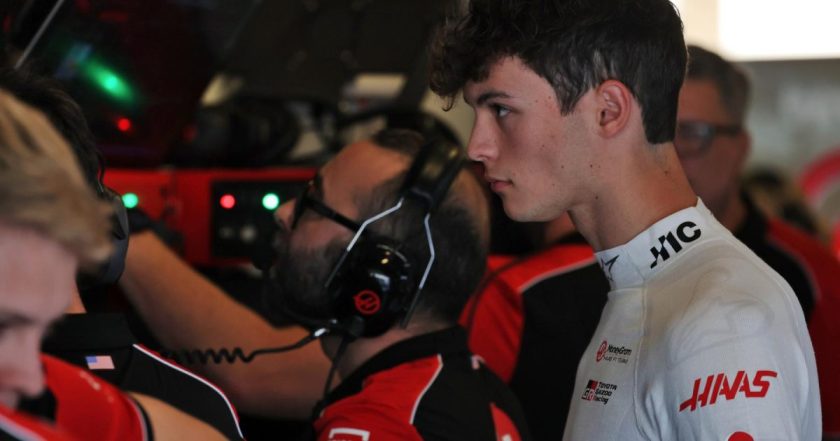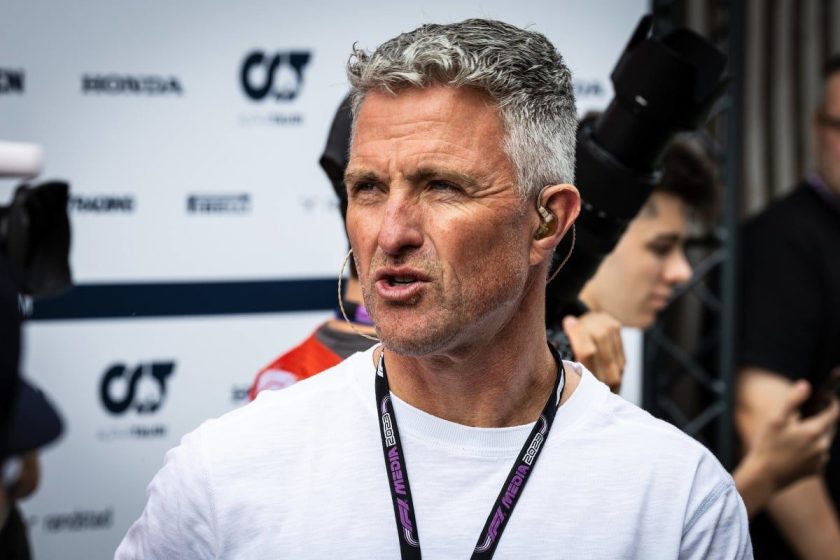P1racenews AI automatic summary:
How does the F1 Safety Car work? Who provides the F1 Safety Car? Why was it notorious at the 2021 Abu Dhabi Grand Prix?
The FIA Safety Car is crucial in an F1 grand prix, and its operation is governed by specific rules. As of 2021, F1 has two official Safety Cars provided by Mercedes and Aston Martin, driven by Bernd Maylander since 2000. The Safety Car can be deployed to neutralize a race on the directive of the clerk of the course when there is immediate physical danger but not enough to warrant stopping the race. To restart after a Safety Car period, cars between the Safety Car and the leader must be allowed through, lapped cars can overtake the Safety Car, and it returns to the pits after a lap. Each lap under the Safety Car counts as a race lap.
In addition to the Safety Car, the FIA can utilize the Virtual Safety Car (VSC) to neutralize a session without deploying the physical Safety Car. The VSC was introduced in 2015 after Jules Bianchi’s tragic accident in 2014. The use of the Safety Car has been contentious, notably during the 2021 Abu Dhabi Grand Prix and 2022 Italian Grand Prix. The FIA updated the Sporting Regulations for the 2022 season, particularly focusing on lapped cars, to avoid a repeat of the Abu Dhabi debacle. In Abu Dhabi, the race director’s failure to apply the rules correctly led to controversy during a late Safety Car period involving title rivals Lewis Hamilton and Max Verstappen.
